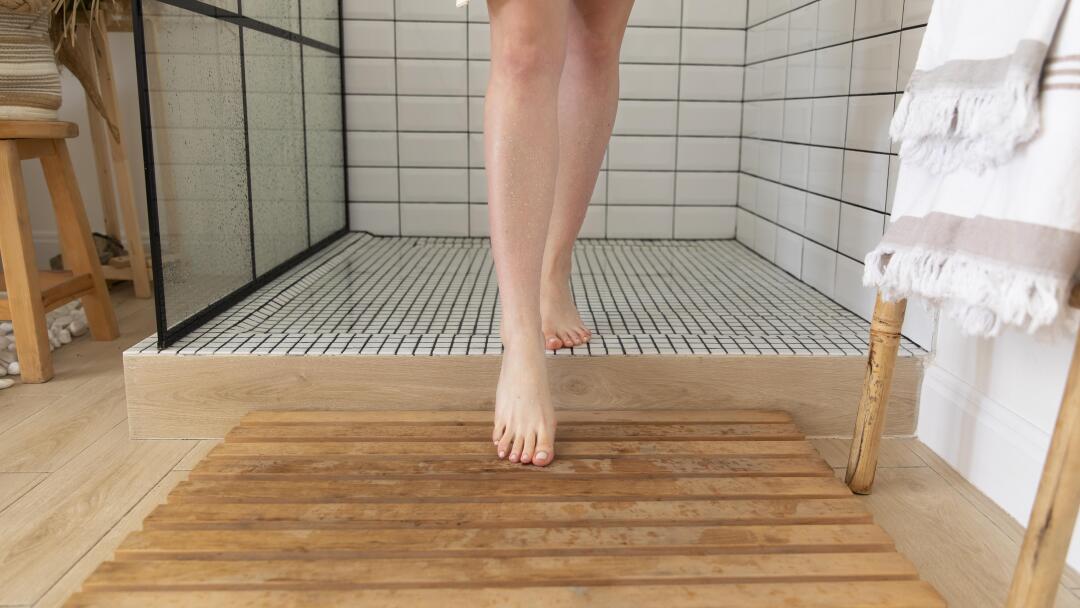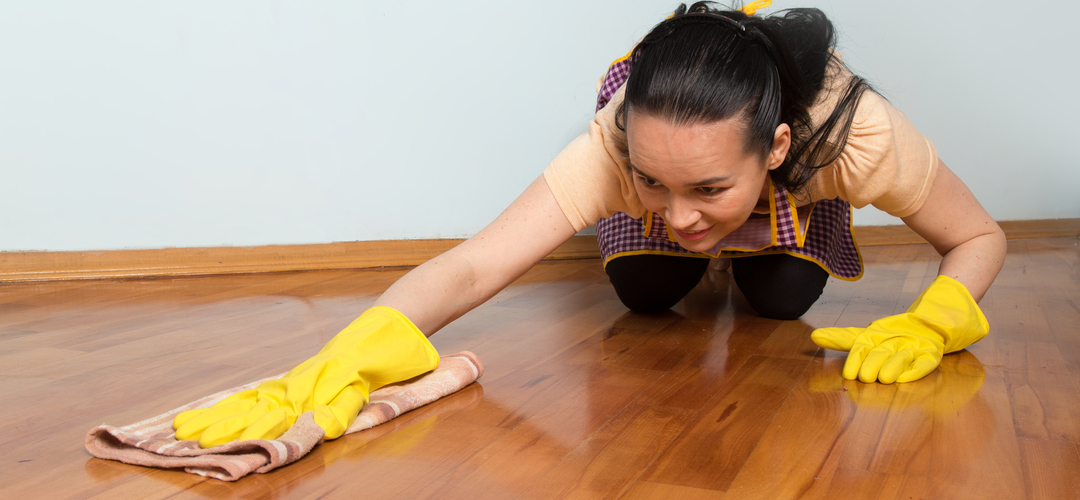
Top 5 Flooring Options for Moisture Prone Areas
November 05, 2023Selecting the right flooring for moisture-prone areas is essential. It prevents water damage, ensures durability, and simplifies maintenance, enhancing your home's appeal and longevity.
Top 5 Flooring Options for Moisture Prone Areas
When it comes to choosing the right flooring for your home, there are a plethora of options available. Each type of flooring material has its own unique benefits and considerations.
Factors such as budget, lifestyle, and maintenance requirements should be taken into account.
In this article, we will take a deep dive into the top 5 flooring options for moisture-prone areas, discussing their pros and cons, installation requirements, and maintenance needs.
1. Ceramic Tiles
Ceramic tiles are a popular choice for areas prone to moisture. They are made from inorganic materials, which makes them resistant to mould growth. Ceramic tiles, especially porcelain tiles, are highly resistant to water, thanks to the very fine clays and high firing temperatures used in their creation. They are also available in a wide range of styles and colors, making them a versatile choice for any home decor.
However, ceramic tiles can be cold underfoot and may require professional installation. They are also prone to cracking if heavy objects are dropped on them.
2. Luxury Vinyl Tile (LVT)
Luxury vinyl tile (LVT) is a synthetic material that offers excellent protection against moisture. It is 100 percent waterproof, making it an ideal choice for moisture-prone spaces. LVT is available in a variety of styles, including those that mimic natural materials like wood and stone.
One of the main advantages of LVT is its ease of maintenance. It is easy to clean and resists scratches, making it suitable for households with kids and pets. However, it is not typically resistant against sun damage or other weather elements.
3. Laminate Flooring
Laminate flooring is a popular choice for its attractive option and affordability. It consists of a particleboard wood base topped by a photographic layer and a melamine wear layer. This construction makes laminate floors resistant to scratches and easy to maintain.
However, laminate flooring is not suitable for areas with high moisture levels. The particleboard wood base can swell and crack if exposed to water for too long. Therefore, it’s important to wipe away any spills as soon as possible to prevent moisture damage.

4. ENGINEERED HARDWOOD
Engineered hardwood is a type of flooring that consists of a thin layer of real hardwood bonded over a plywood substrate. It offers the warmth and beauty of real hardwood, but with added moisture resistance.
Engineered hardwood is more expensive than other types of flooring, but it can be a good investment as it can last for decades. However, it requires regular maintenance and may not be suitable for areas with heavy foot traffic.
5. PORCELAIN TILES
Porcelain tiles are a type of ceramic tile that is characterized by being stronger, harder, and even more water-resistant than ordinary ceramics. They are made using clays with finer particles fired at a higher temperature, creating a harder, less porous surface.
Porcelain tiles are an excellent choice for areas with high moisture levels. They are resistant to intense water and can be used in commercial environments. However, they can be somewhat more brittle than standard ceramic tiles, and they have some of the same drawbacks as ceramic tile, including their heavyweight, coldness, and hardness underfoot.
HOW TO MAINTAIN FLOORING IN MOISTURE PRONE AREAS?
Maintaining flooring in moisture-prone areas requires a few key steps:
Regular Cleaning: Regularly clean the floor to remove any debris or dust. Always dust mop before damp mopping or auto scrubbing.
Promptly Address Spills: Any standing water left on the floor for an extended period can cause damage. It’s important to wipe away spills as soon as possible to prevent water from soaking through porous materials.
Use Moisture Barriers: Install a vapor barrier over the slab to manage water vapor. Options include roll-down plastic or felt sheets, paint-on coatings, and moisture-inhibiting adhesives.
Consider Raised Flooring: An alternate means of managing water vapor is to raise your floor off the slab.
Choose Waterproof Padding: For areas like basements, bathrooms, and kitchens, consider using waterproof carpet padding. It provides an added layer of protection against moisture and spills.
Regular Maintenance: Regular maintenance is crucial to ensure the longevity of your flooring. This includes sealing grout lines, applying water-resistant coats, and ensuring proper ventilation to prevent mold and mildew growth.
Remember, each type of flooring may have specific maintenance requirements. Always refer to the manufacturer’s instructions or consult with a flooring expert for the best practices.
TO SUM UP
Choosing the right flooring for moisture-prone areas can be a challenging task. It’s important to consider the level of moisture in the area, the ease of maintenance, and the cost of the flooring material.
Whether you choose ceramic tiles, luxury vinyl tile, laminate flooring, engineered hardwood, or porcelain tiles, make sure to do a thorough risk assessment and consider the potential for mold growth, the need for a vapor barrier, and the possibility of needing professional installation.
Remember, the perfect choice of flooring not only enhances the aesthetic appeal of your home but also ensures longevity and ease of maintenance. So, take your time, consider your options, and make an informed decision.
For more information and assistance in choosing the right flooring for your home, visit Easy Step Flooring. Our flooring experts are ready to help you find the perfect flooring solution that suits your needs and budget.





